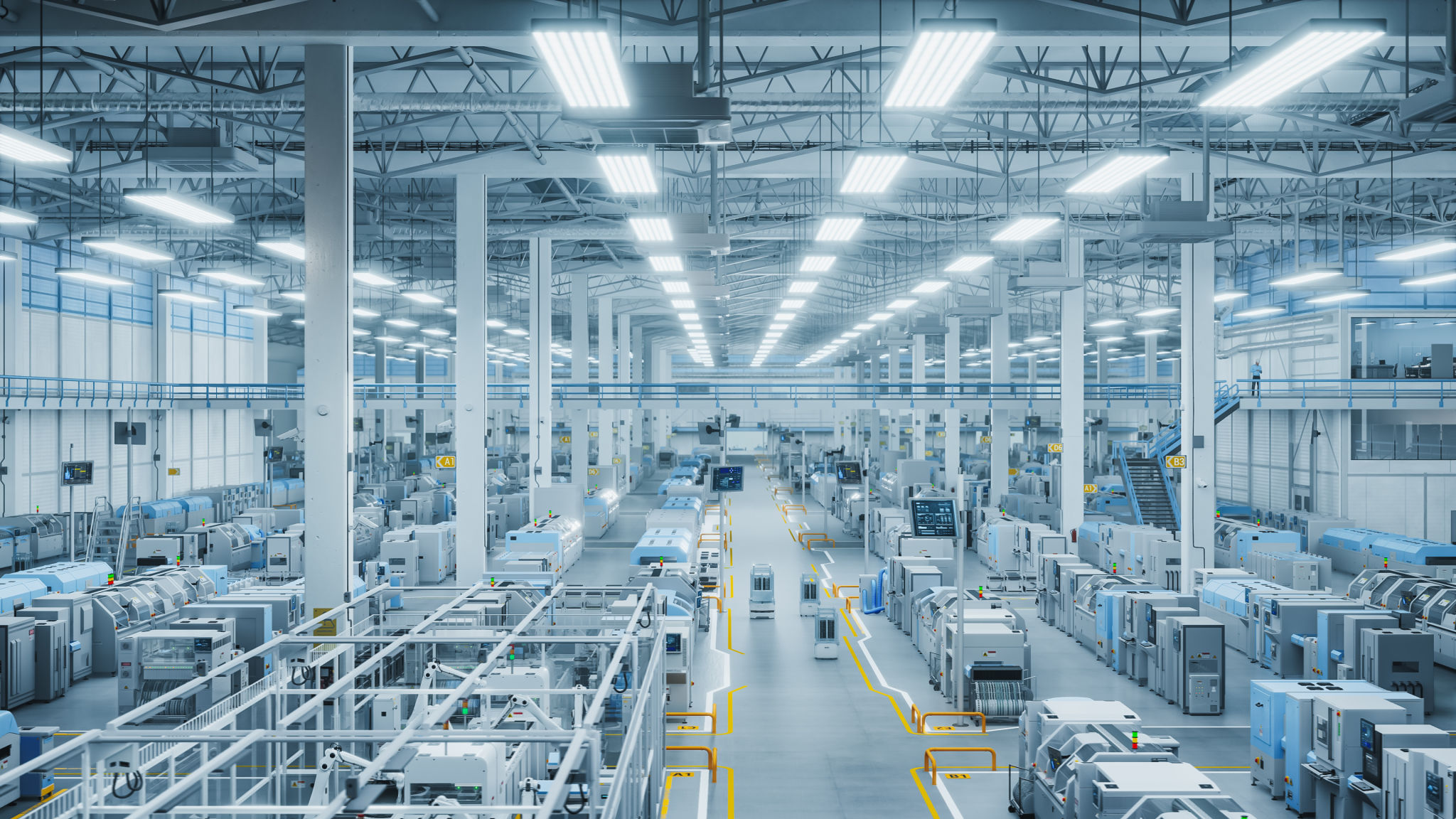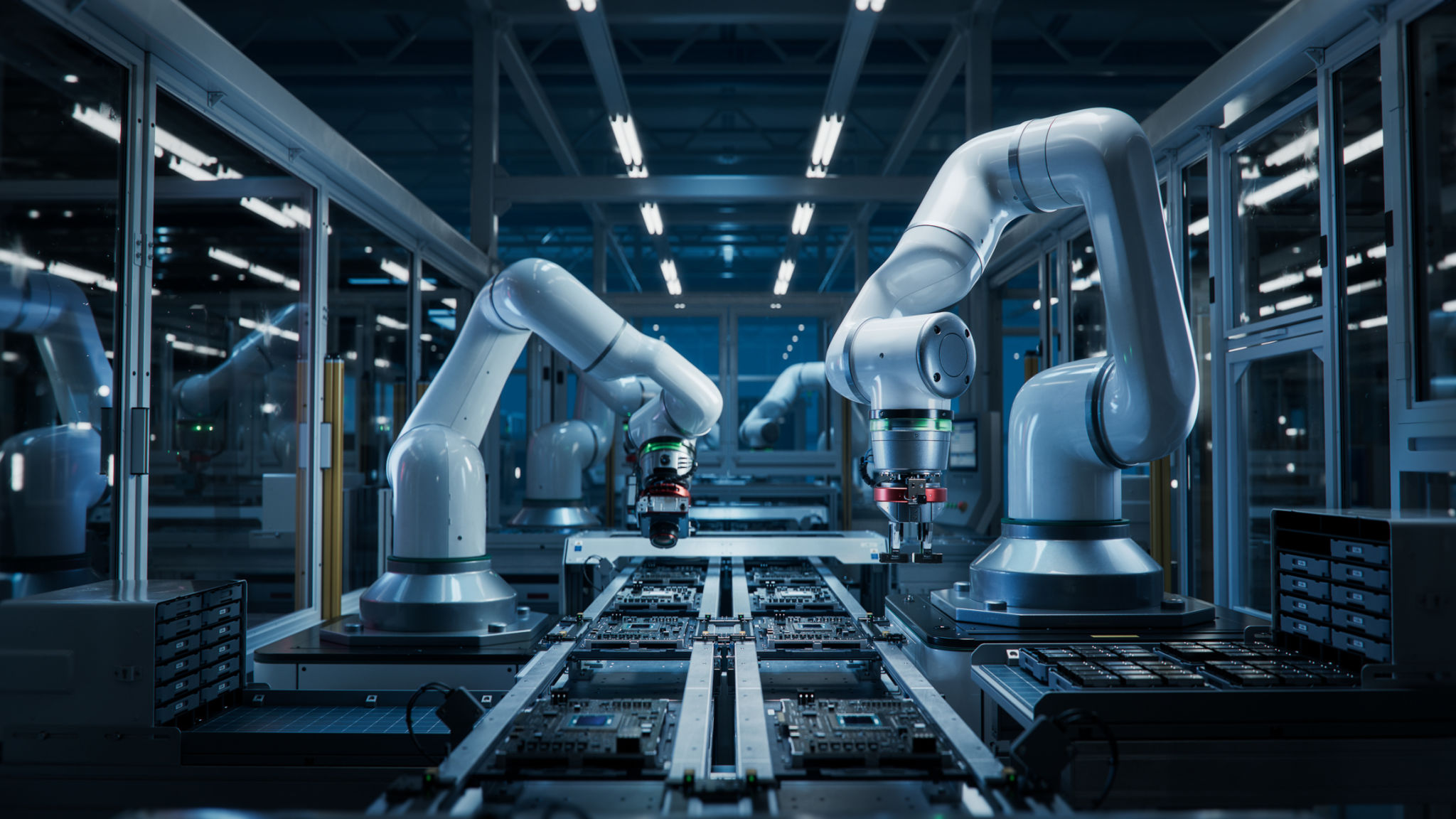Case Study: Successful Implementation of Robotic Solutions in a Melbourne Factory
Introduction to Robotics in Manufacturing
In today's rapidly evolving industrial landscape, the integration of advanced technologies is no longer a luxury but a necessity. One of the most significant advancements in manufacturing is the implementation of robotic solutions. This case study explores the successful deployment of robotic systems in a Melbourne factory, highlighting the transformative impact on productivity and efficiency.
The Melbourne factory, known for its innovative approach, decided to embrace robotics to stay competitive in the global market. The decision was driven by the need to enhance operational efficiencies, reduce human error, and ensure consistent product quality.

Process of Implementation
The implementation process began with a comprehensive analysis of the factory's existing operations. Key areas were identified where robotics could make a meaningful difference, such as assembly lines, material handling, and quality control. The management team collaborated with robotics experts to design a tailored solution that would integrate seamlessly with existing systems.
During the planning phase, several considerations were taken into account, including the type of robots needed, software integration, and employee training. This meticulous planning ensured a smooth transition and minimized disruptions to daily operations.
Challenges Faced
Despite the promising prospects, the factory encountered several challenges during the implementation phase. One of the primary obstacles was employee apprehension regarding job security. To address this, management emphasized that robots were not replacing jobs but rather augmenting human capabilities.
Another challenge was the technical complexity involved in integrating new systems with legacy equipment. This required extensive testing and troubleshooting to ensure compatibility and functionality.

Outcomes and Benefits
The results of the robotic implementation were overwhelmingly positive. The factory experienced a significant increase in production output, with a marked improvement in product quality. The automation of repetitive tasks allowed employees to focus on more strategic roles, enhancing overall job satisfaction and engagement.
Additionally, the factory reported a reduction in operational costs due to increased efficiency and reduced waste. The precision and consistency of robotic systems led to fewer product defects, further contributing to cost savings and customer satisfaction.
Employee Impact
One of the most noteworthy aspects of this transformation was its impact on employees. Initial fears were alleviated through comprehensive training programs that equipped staff with new skills to work alongside robotic systems. This upskilling not only retained jobs but also enhanced career development opportunities for employees.

Future Prospects
The successful implementation of robotic solutions in this Melbourne factory serves as an inspiring model for other manufacturing facilities. The case study underscores that with careful planning and strategic execution, robotics can significantly enhance productivity while supporting workforce development.
Looking ahead, the factory plans to expand its use of robotics to other areas such as logistics and supply chain management. This forward-thinking approach ensures that the factory will continue to thrive in an increasingly competitive market.
Conclusion
In conclusion, the integration of robotic solutions in manufacturing is a powerful testament to the potential of technology to reshape industries. By embracing innovation and addressing challenges head-on, the Melbourne factory not only improved its operations but also set a benchmark for others to follow.